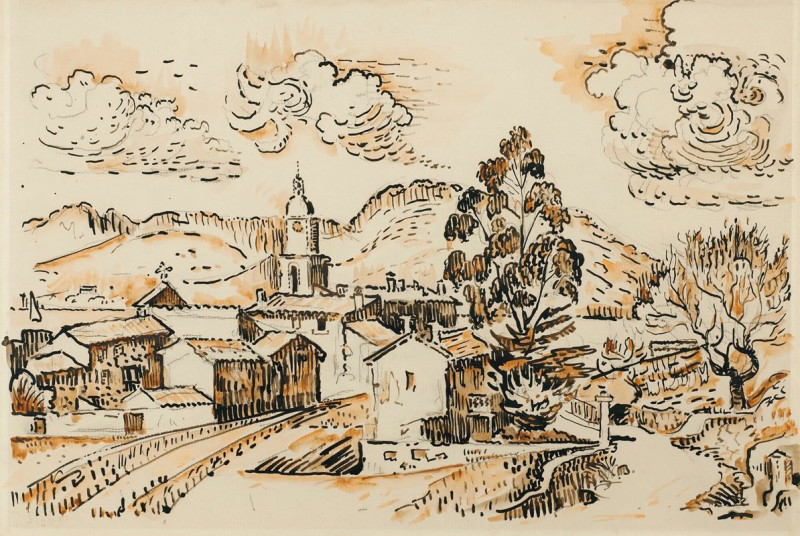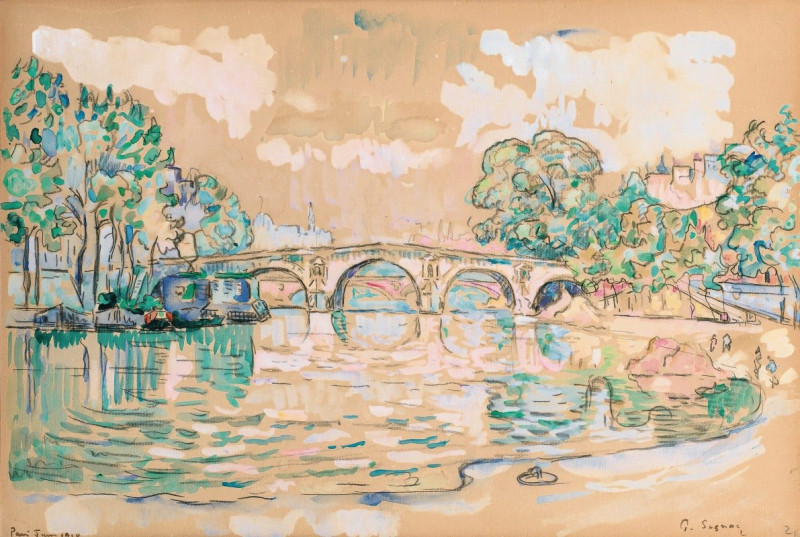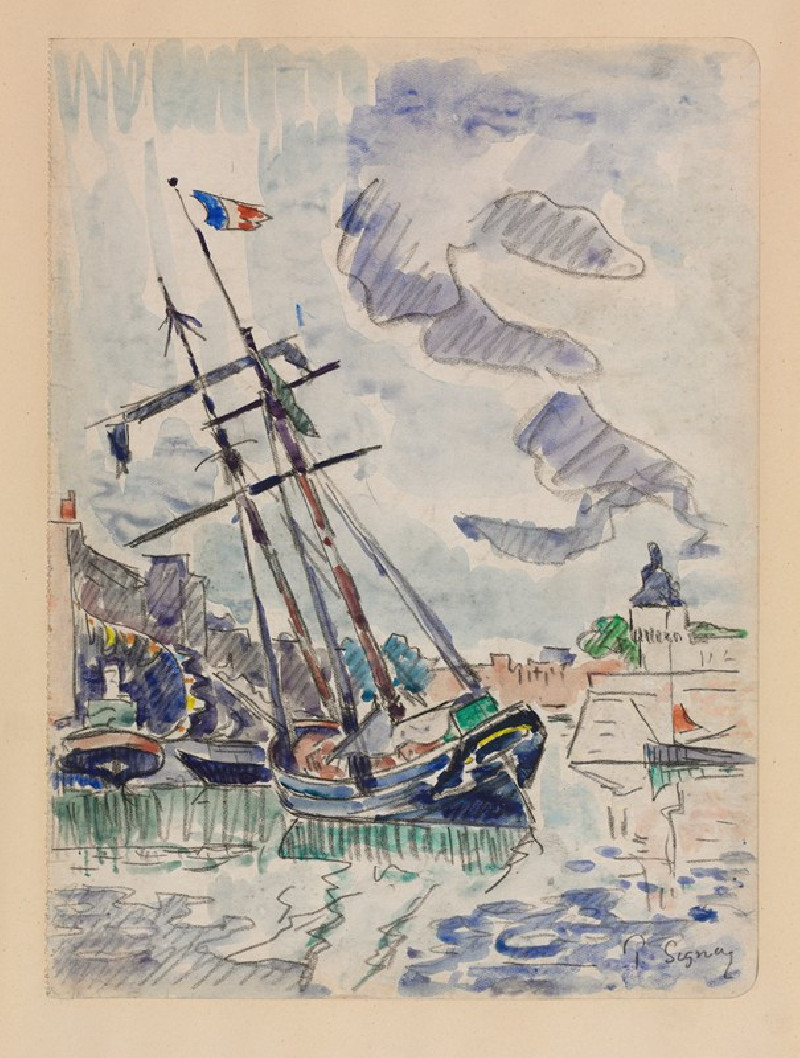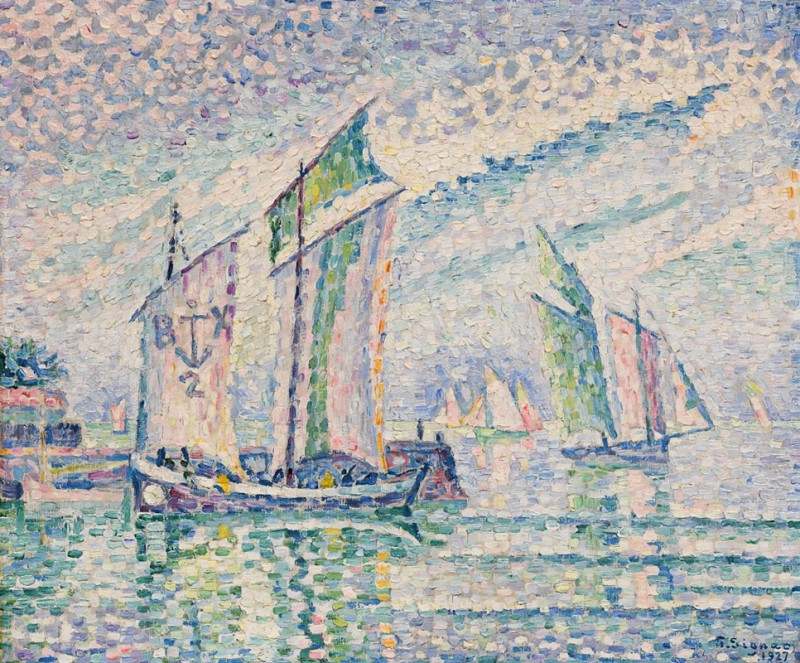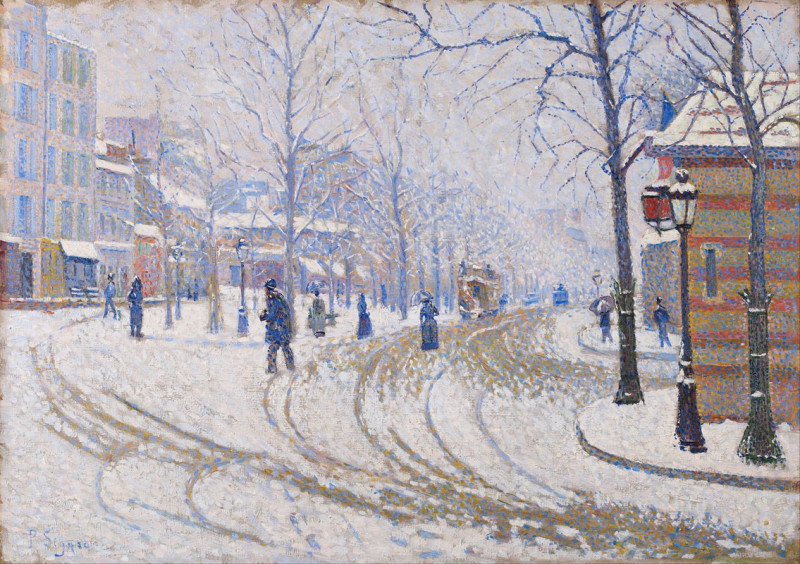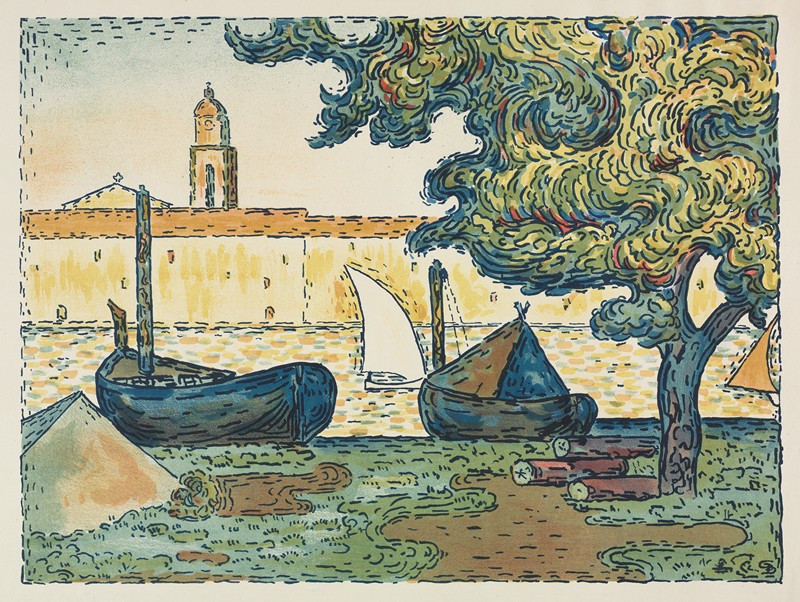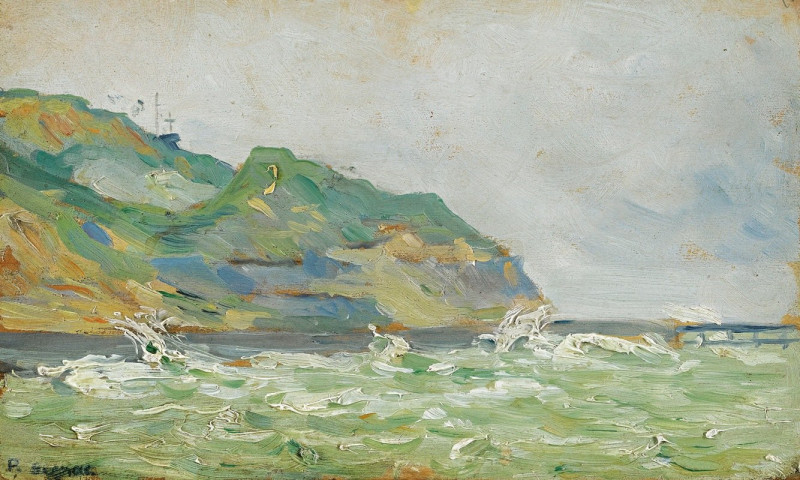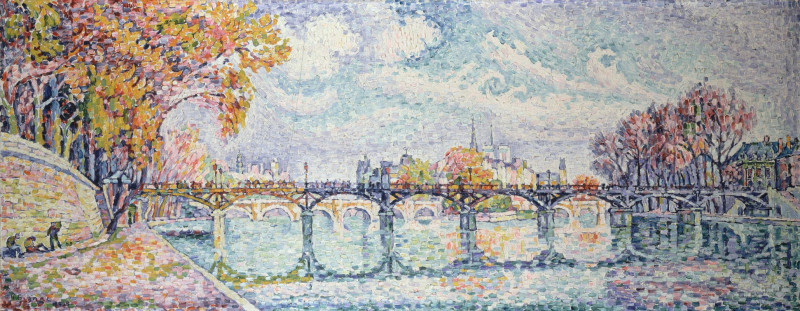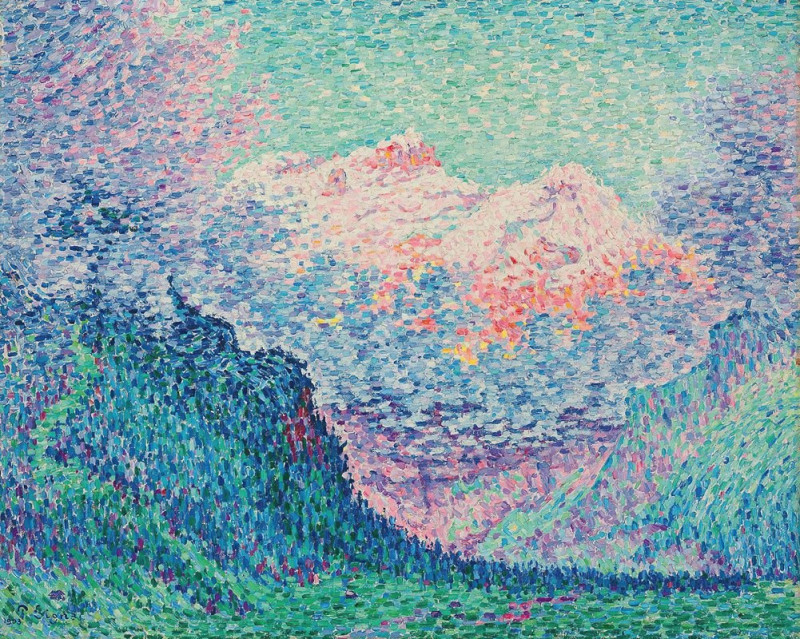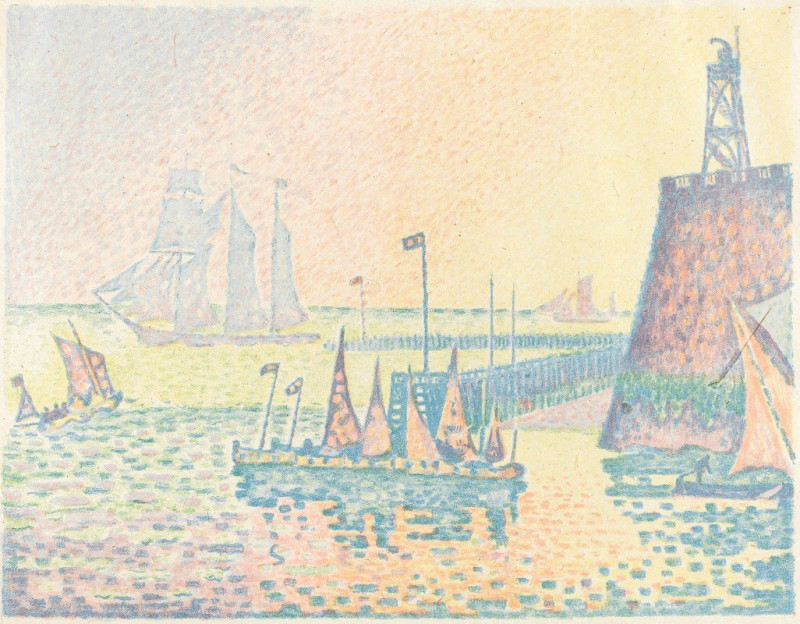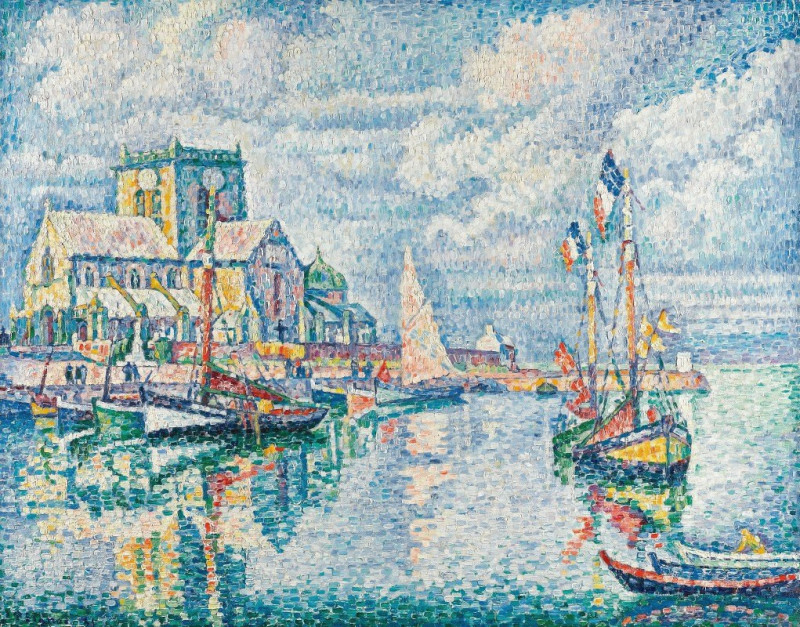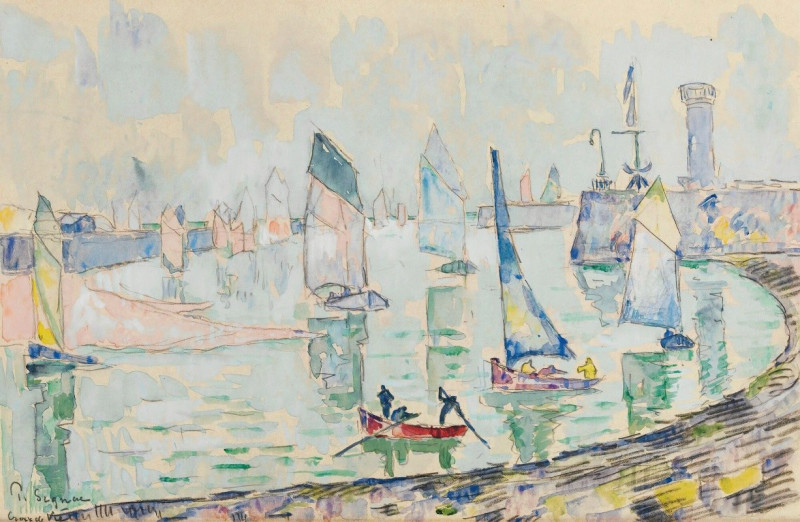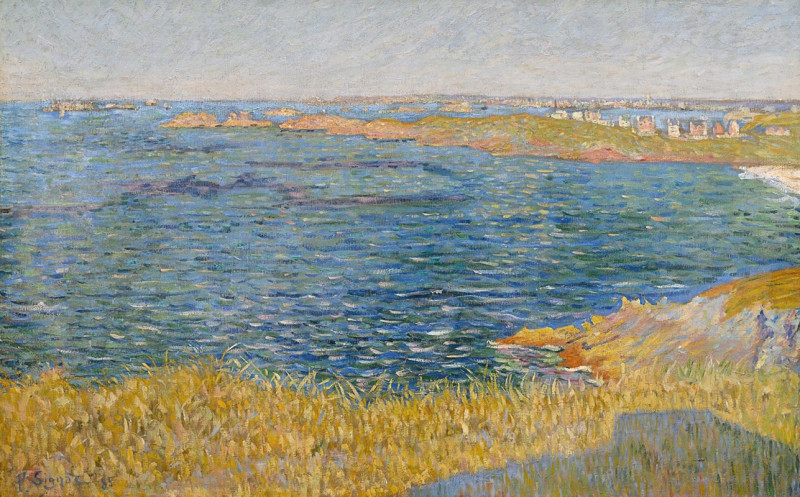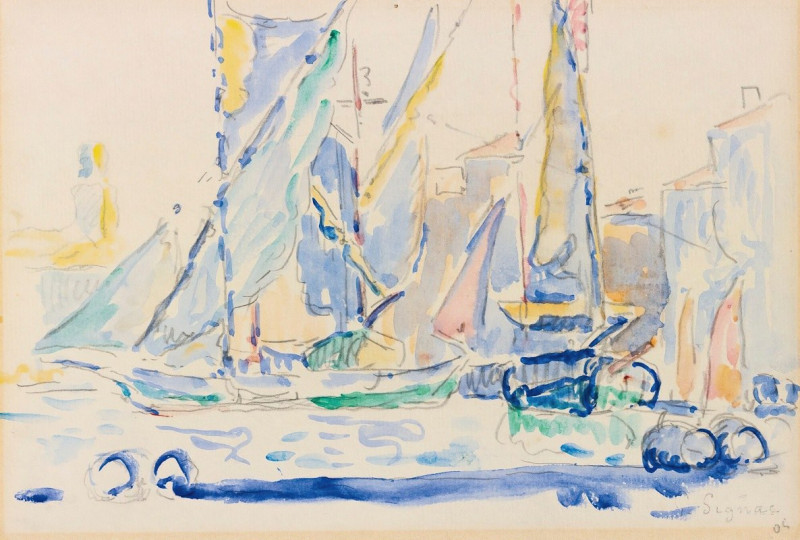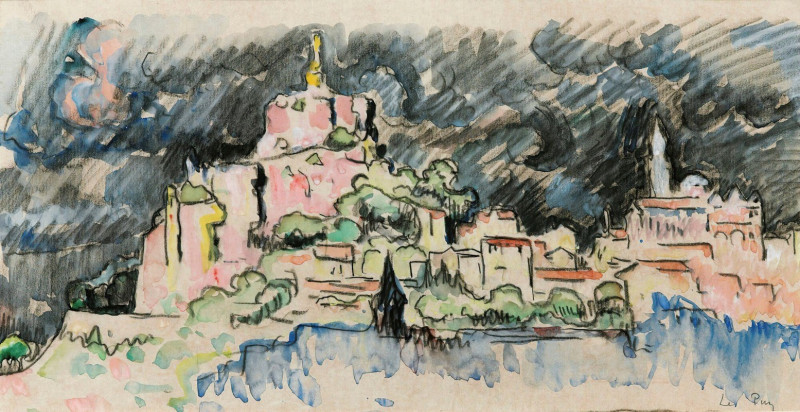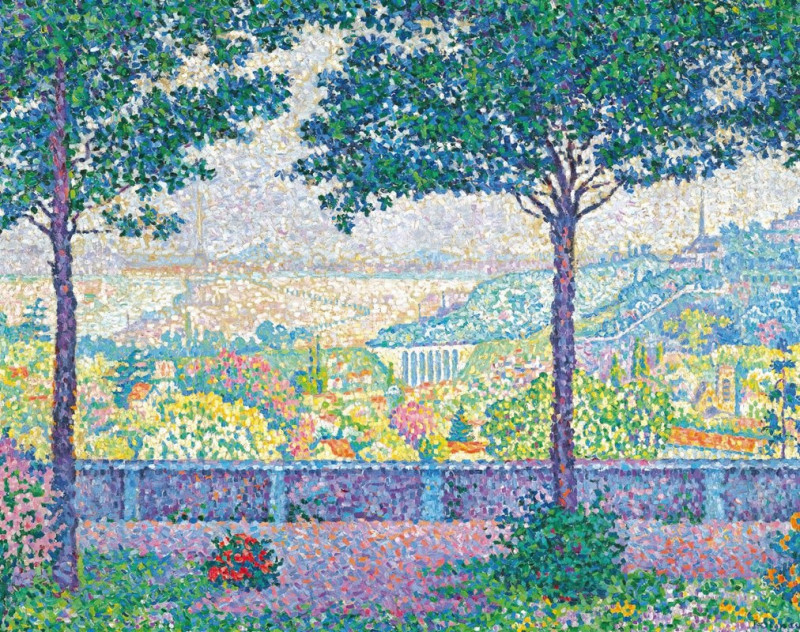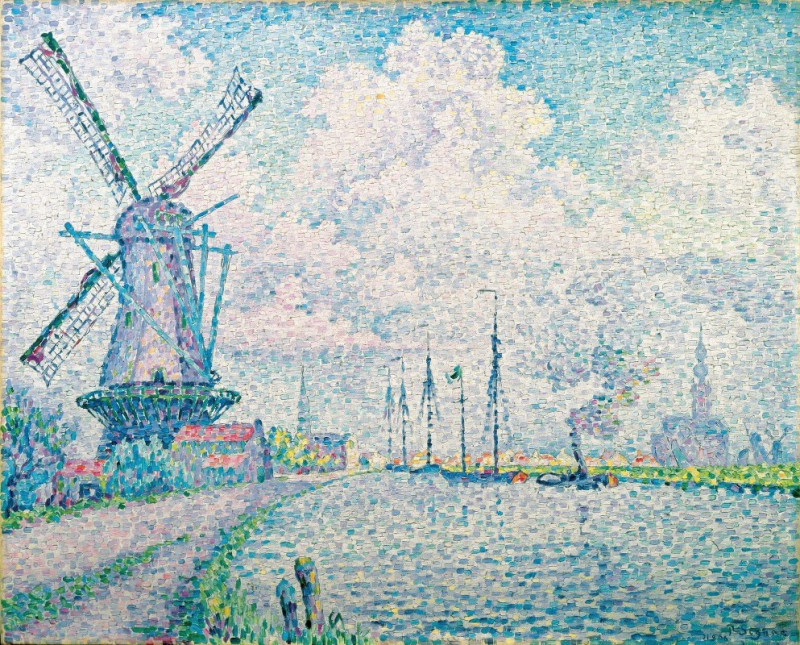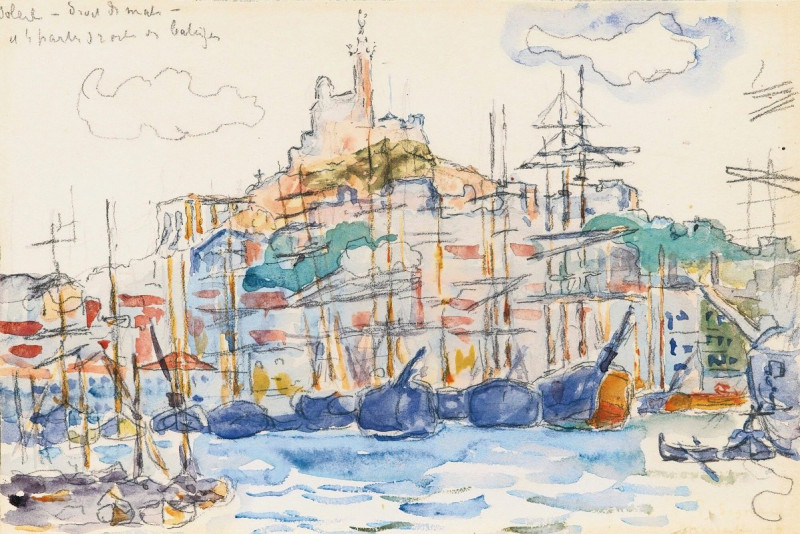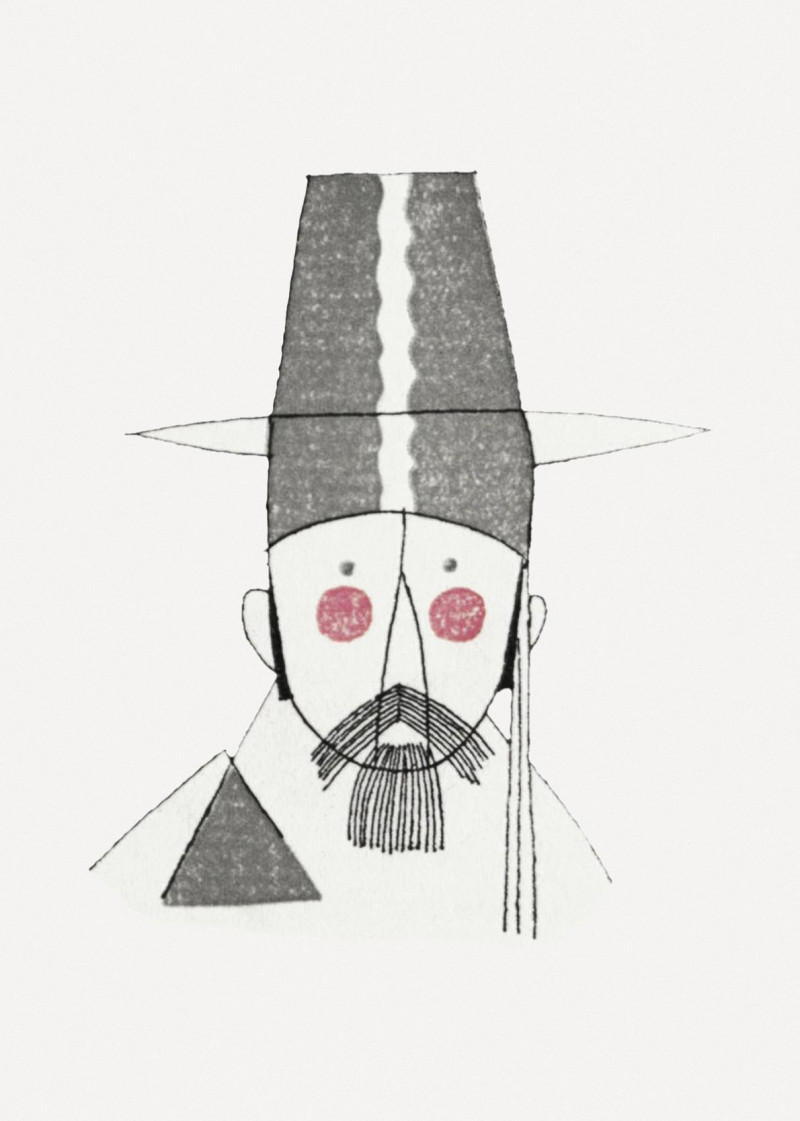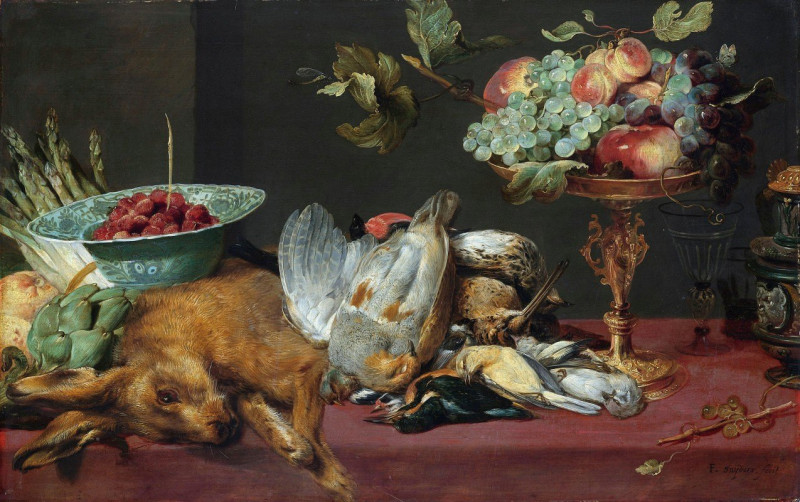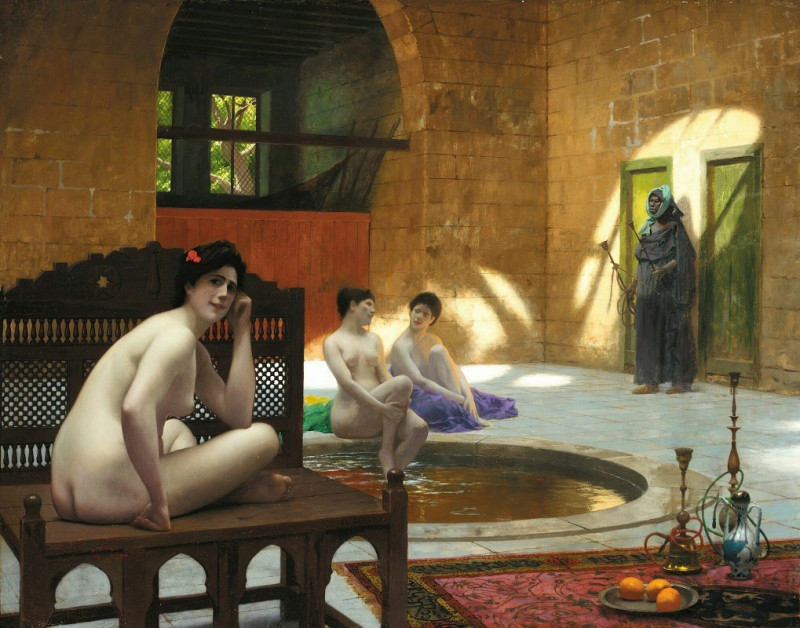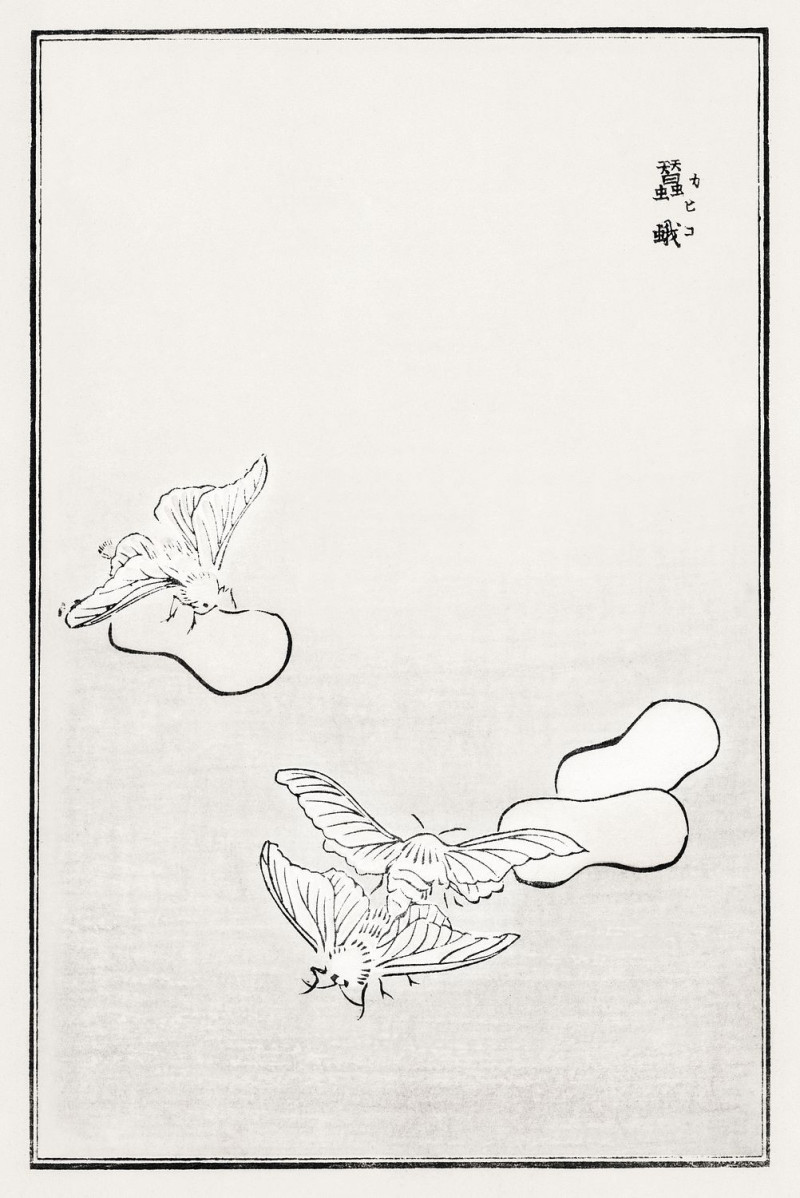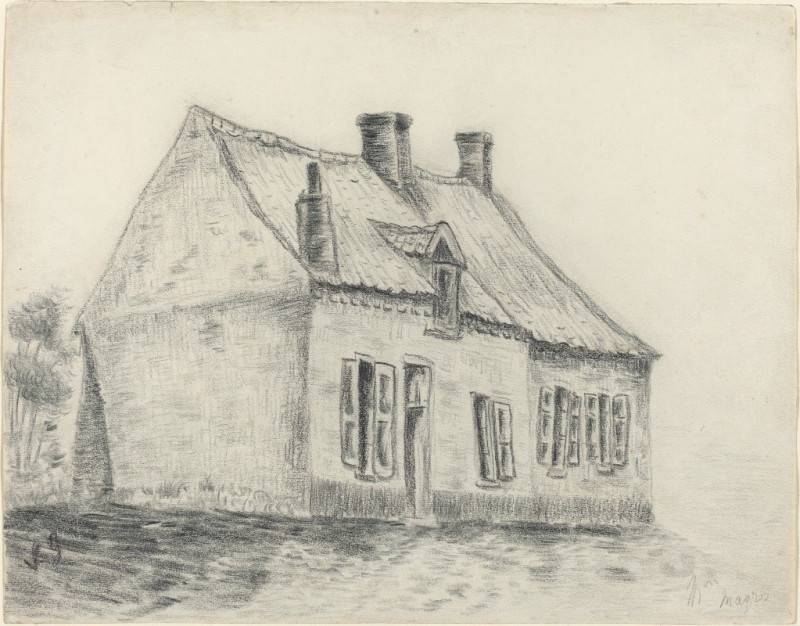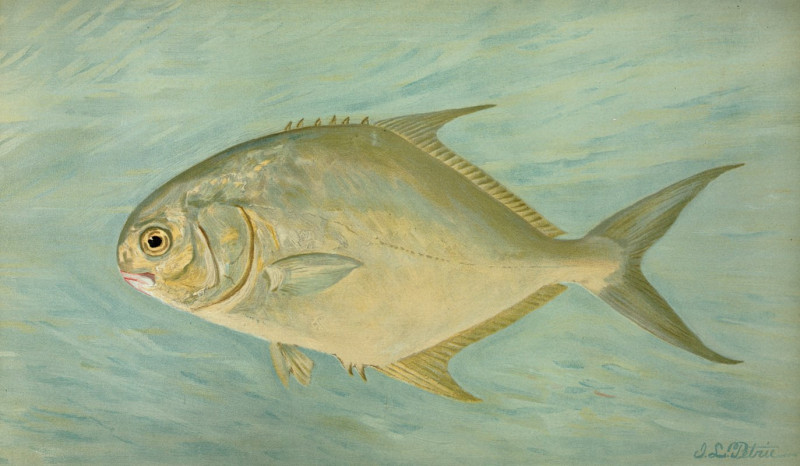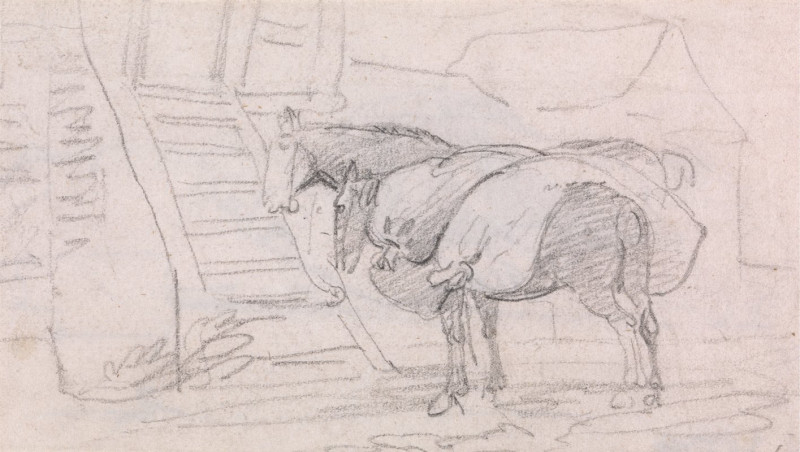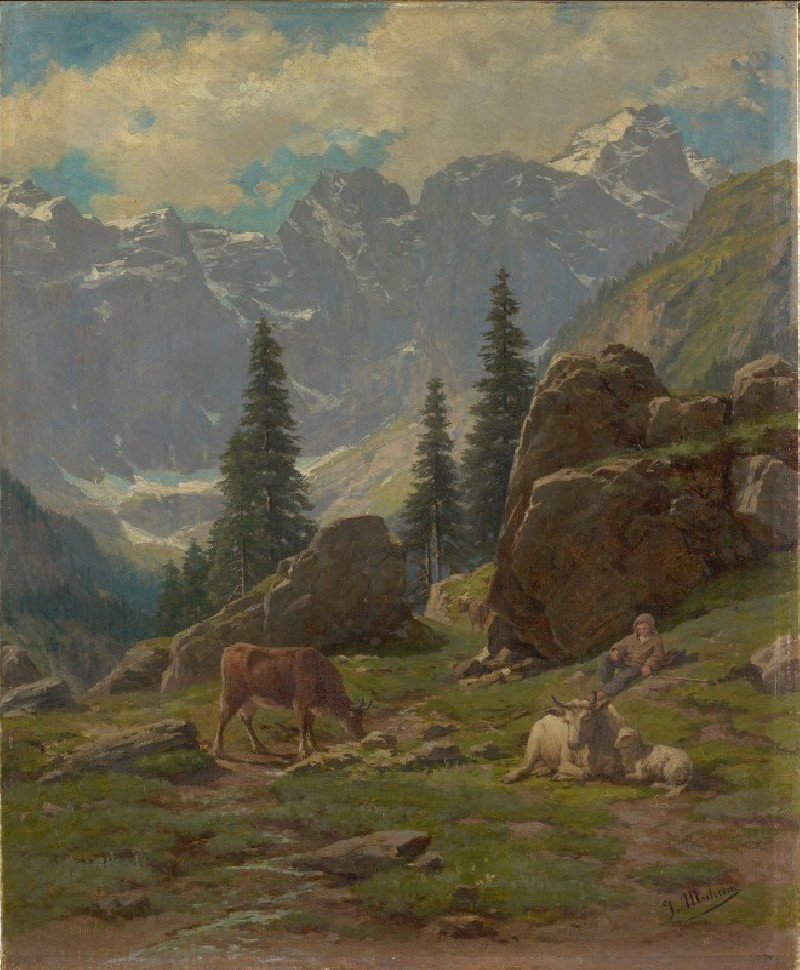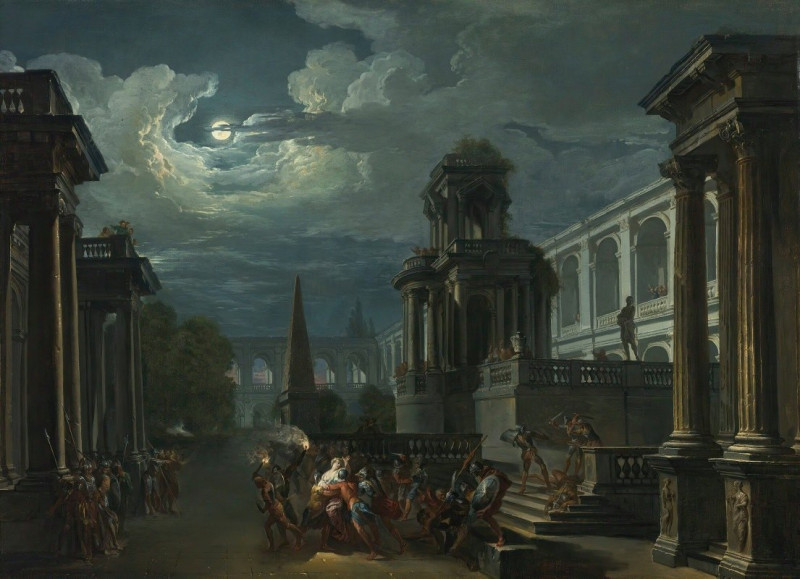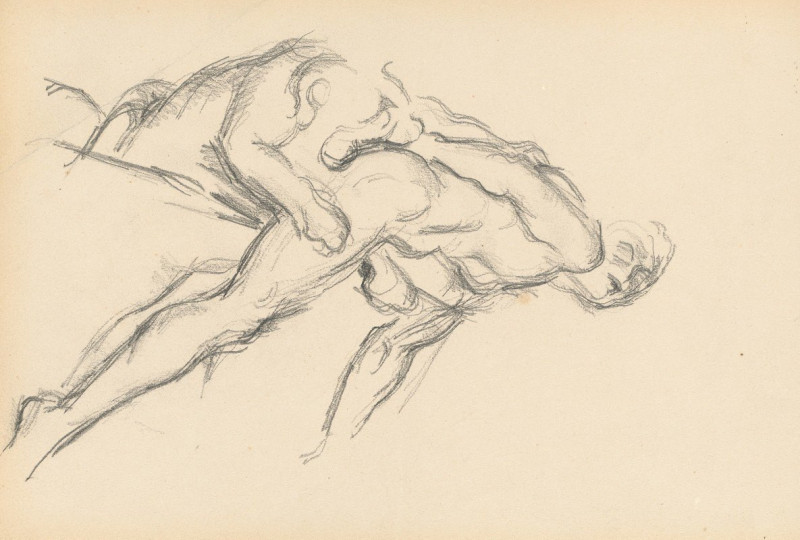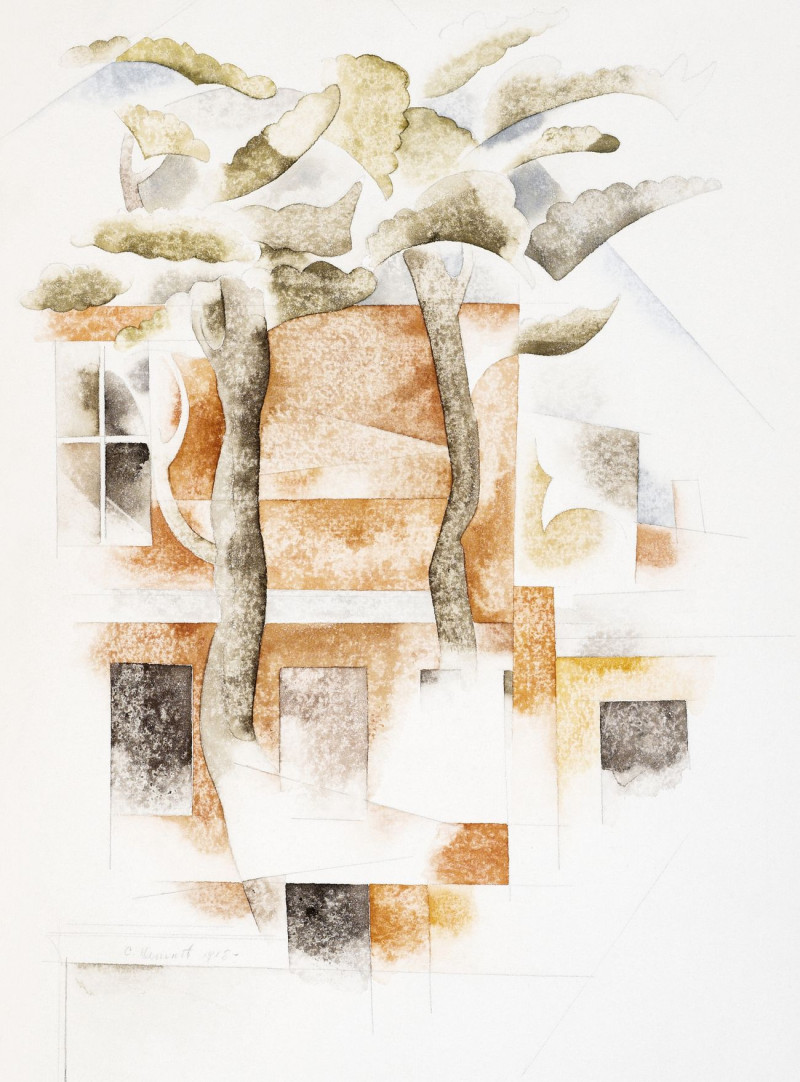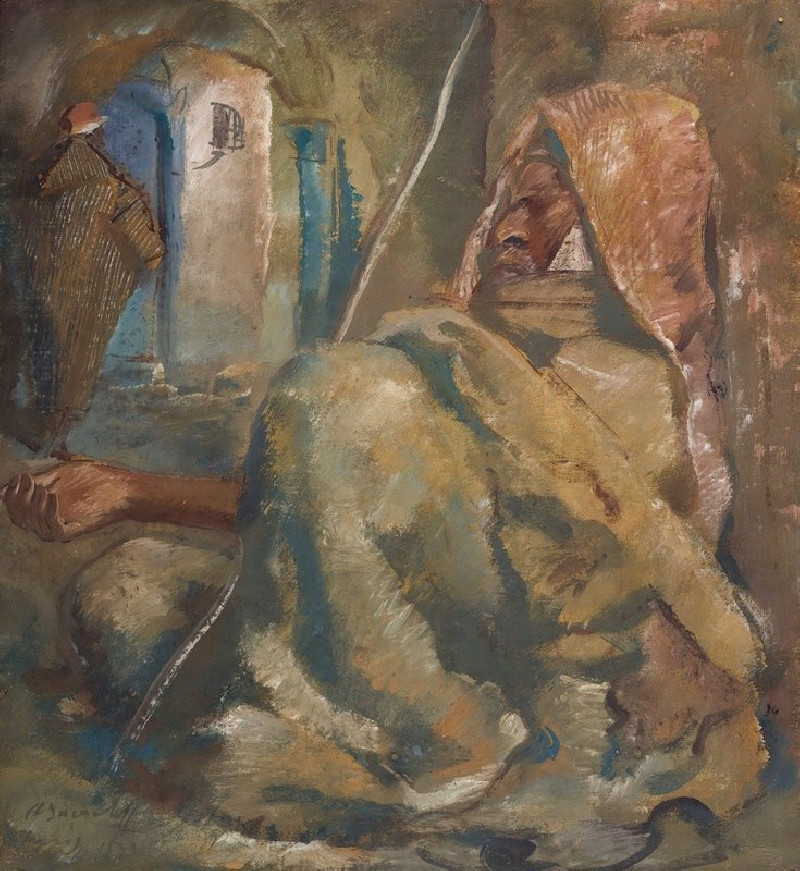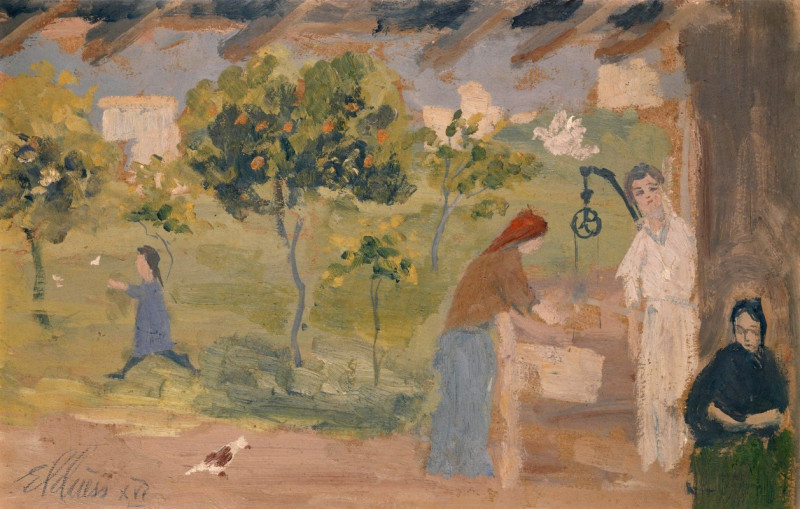Les Alpilles Vue Depuis Saint-Rémy-De-Provence (1933)
Technique: Giclée quality print
Recommended by our customers
More about this artwork
Paul Signac, renowned for his mastery in pointillism and an ardent advocate for the Neo-Impressionist movement, often ventured beyond the confines of his signature style. A perfect illustration of this exploration is his evocative watercolor "Les Alpilles Vue Depuis Saint-Rémy-De-Provence", painted in 1933. This artwork captures the rugged yet serene landscape of the Alpilles mountain range as viewed from the historic commune of Saint-Rémy-de-Provence in southern France.The painting reveals a dynamic and somewhat whimsical approach to landscape art, with loose brush strokes and vibrant washes of color that imbue the scene with a sense of movement and immediacy. Signac’s depiction of the sky, a whirlwind of blue and white, leads the viewer's eye through a series of sweeping undulations, mirroring the tumultuous beauty of the natural world.In the foreground, a lone figure travels along a winding path, possibly a local inhabitant or perhaps a reflection of the artist himself, exploring the landscape. The pathway guides us into the composition, inviting a journey through the lush greenery and scattered foliage, towards the towering formations of the Alpilles mountains which dominate the horizon with their majestic and wild contours.The delicate balance of warm yellows and cool blues creates a harmonious contrast, highlighting the natural splendor of the region that has inspired countless artists.
Delivery
Returns
Paul Signac (1863-1935) was a French Neo-Impressionist painter. Together with Georges Seurat, Signac developed the Pointillism style. He was a passionate sailor, bringing back watercolor sketches of ports and nature from his travels, then turning them into large studio canvases with mosaic-like squares of color. He abandoned the short brushstrokes and intuitive dabs of color of the impressionists for a more exact scientific approach to applying dots with the intention to combine and blend not on the canvas, but in the viewer's eye.




